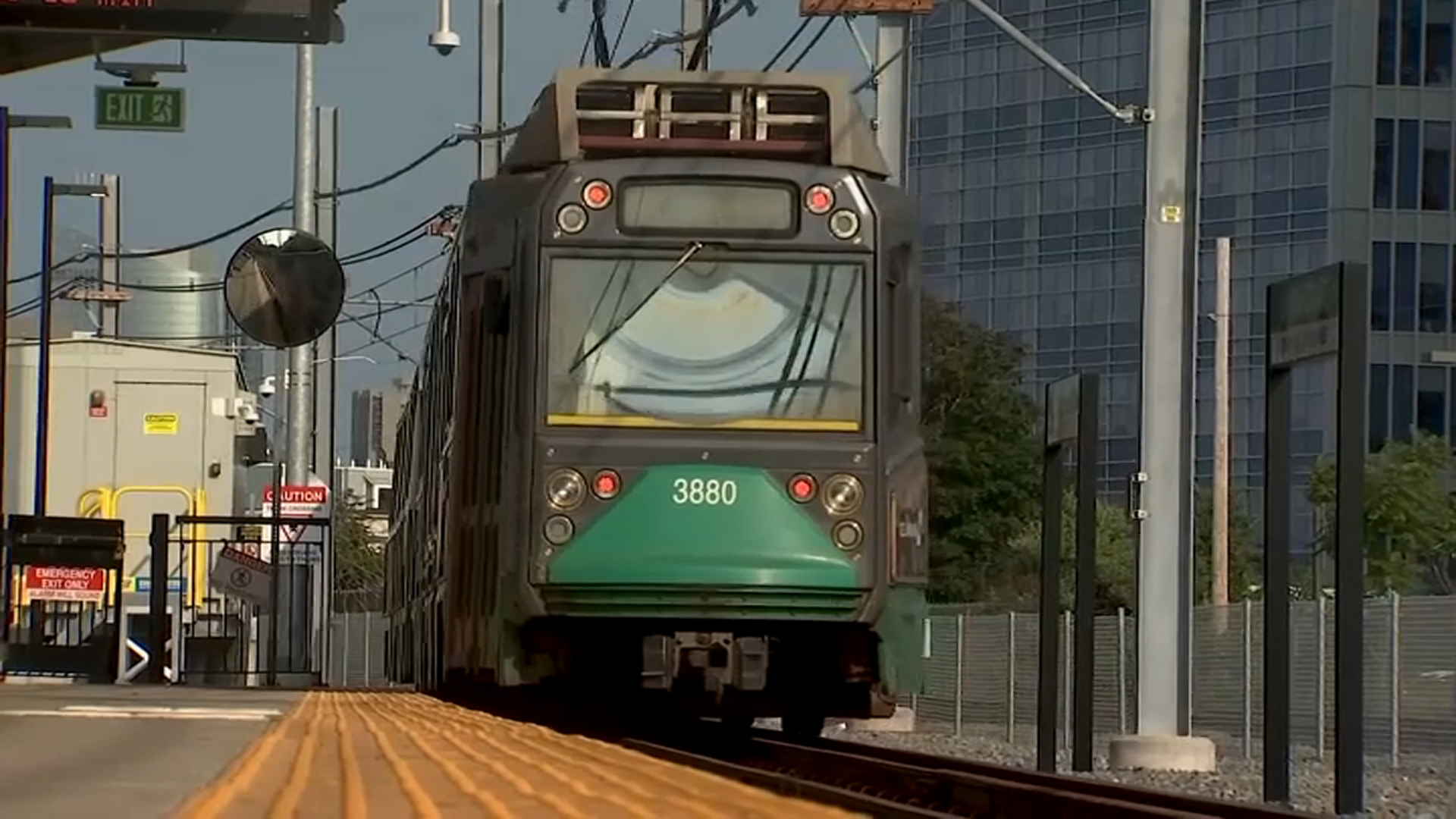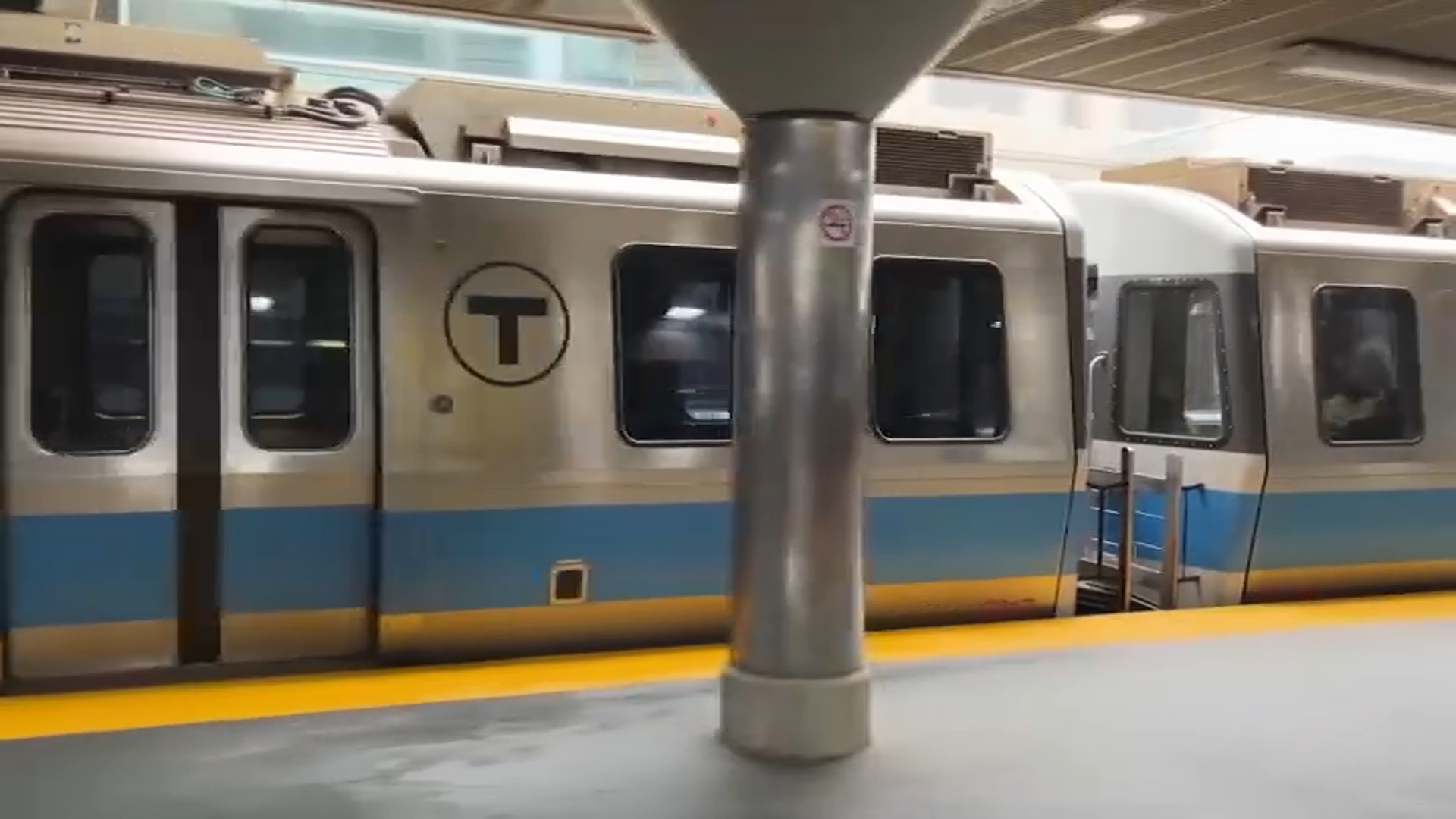The worst may be yet to come. Officials say we should see the full impact of the Sumner Tunnel closure in Boston this week with people back in town after Fourth of July vacations.
MassDOT authorities provided an update on the tunnel shutdown Sunday, saying they expected this Tuesday, Wednesday and Thursday to be the days with the heaviest traffic during the morning and afternoon commutes.
Officials did not see a high volume of traffic last week after the Sumner Tunnel officially closed last Wednesday due to many people who were off celebrating the holiday, so they expect this week to give a more accurate picture of how this project is going to affect people's commutes for the next eight weeks.
Mondays are typically a bit slower because more people work remotely, but Tuesday is expected to be busier. And Thursday is typically seen as a big travel day, so there could be more traffic that day as well, officials said.
"Last week was the kickoff, of course, and a holiday week. Mondays and Fridays tend to experience reduced traffic. So certainly, I think this whole week will be a test," Gov. Maura Healey said Monday.
Healey and Lt. Gov. Kim Driscoll visited the Sumner Tunnel Command Center on Monday morning and took questions from the media. She said she wanted to be there to assess how things are going and to thank the workers.
"This is all about teamwork, everybody pitching in," she said. "We're a week down in an eight week project and so far construction is on schedule and going well."
Healey also continued to pitch the "Ditch the Drive" campaign, urging people to take the Commuter Rail, T and ferries to avoid driving to Logan Airport during the construction. She also thanked the public for their patience in dealing with the issues caused by the project.
MassDOT Highway Administrator Jonathan Gulliver joined NBC10 Boston for a virtual interview Monday morning in which he said everything has been in line with expectations so far, and there was already additional congestion through the Ted Williams Tunnel and over the Tobin Bridge to start this work week.
"We expect that, especially during the peak hours, to be the case throughout the duration of this project," he said. "Everybody is coming back this week. This is a real test this week and next to see what people are going to do. Are they going to make other choices? What kind of travel patterns are they going to settle into?
Officials have continued to tout their "ditch the drive" message, something Gulliver repeated Monday.
"We continue to push to really look at the variety of transit services that we really have worked closely with our team on to make sure there's free Blue Line, there's discounted ferry and free ferry service, discounted commuter rail, whole lot of other services available for people so that they can get out of their cars and really take those other options," Gulliver said.
"If you have to be on the road, and I can't stress this enough, you should avoid peak hours if you can," he added. "But if you have to be on the road, we really encourage you to check out our Mass511 website... If you do need to drive somewhere and you have some flexibility, you can get on there and really figure out the best time to leave and the best day to be on the roadway."
How is the MBTA looking during the closure?
The MBTA on Monday anecdotally described ridership as moderate, and expected that it would remain steady throughout the morning.
With free fairs during the Sumner Tunnel closure, some commuters noticed a bit of an uptick in riders on the trains.
“I usually get on super early but even then I noticed it busier overall,” Steve Vitale said Monday morning on his way into work in Downtown Boston. “I get done with work about 2 o’clock today so I think on the way back it’ll be even busier. My wife has noticed the same thing -- more people on the train.”
This week is anticipated to see greater impacts tied to the tunnel shutdown compared to last week, with many people likely returning from holiday breaks.
Leslie Mead, a regular Blue Line rider, was commuting to her Seaport District office for the first time Monday since the tunnel closed last Wednesday. She was dreading her commute home.
“I get off at 4, and it’s going to be lovely, not!”
Kevin Kimura was on his way to Logan Airport this morning, flying back to his home of Seattle. He enjoyed the free fare.
“Super convenient,” he said. “I think more people should take public transit, and I was thrilled to see I could save a few bucks instead of taking a Lyft.”
Public officials hope that more people continue using public transportation even after the Sumner Tunnel reopens at the beginning of September. That’s exactly what Marlin Bonilla plans to do.
“I just find it very relaxing,” Marlin Bonilla said. “I don’t have to look at the road the whole time. I’m just on my phone. I have my relaxing time before work.”
Crowds on the Blue Line were manageable, and service seemed to overall be smooth.
Commuters were also urged to consider using the Commuter Rail, ferry, bus or Silver Line as an alternative to driving during the tunnel closure.
Logan Airport expected to be a pain point
Gulliver noted it's going to be "tough going" over the next couple of months.
"Really we're trying to do everything we can," he said.
When asked about any particular problem areas, Gulliver said Logan Airport will continue to be the biggest issue.
"Getting to and from the airport is going to be challenging at times," he said. "During peak hours especially, you can expect getting to the airport and leaving the airport will both be congested because of where all of these roadways are converging onto Logan, it means that if outbound or inbound it gets congested, it's going to cause a domino effect that's really going to spread outwards."
"This is not something that's just specific to the North Shore, although that is the area that's most impacted," he added. if you need to get into Logan, if you're coming from South Shore, if you're coming from west, you're going to see some additional congestion from that as well so really we encourage you to leave yourself a lot of extra time to make sure you get there and make your flight."
The 2-month shutdown is not only impacting the 39,000 commuters in East Boston and the North Shore who use the tunnel every day, but traffic on the Massachusetts Turnpike, areas of Interstate 93 and the Southeast Expressway, as well.
Officials hope people will use the free and discounted services on the Blue and Silver MBTA lines, the Commuter Rail, ferries and buses.
The sacrifice by commuters is helping accelerate tunnel repairs, according to MassDOT, who have said the project is on schedule to meet its Aug. 31 deadline.
“Progress is going really well right now with the contractor they have now as of today removed 100% of the suspended ceilings and we’re shifting into the next stage of work, which will be ripping out concrete and preparing for the precast arch construction. that phase will go on for the remainder of the summer," Gulliver said Sunday.
For those who will be driving during the shutdown, officials say to use the Mass511 website or download the app to get traffic alerts and best travel times during the day. Most cars are expected to re-route to the Ted Williams Tunnel and the Tobin Bridge.
About 39,000 people use the Sumner Tunnel every day, which funnels people from Logan Airport and East Boston to the North End and downtown.
The tunnel, built in the 1930s, is getting a major facelift, including a new ceiling, roadway, walls and better lighting. The tunnel is due to reopen on Sept. 1, but weekend closures will continue into the fall, and another two-month shutdown is set for next summer.



